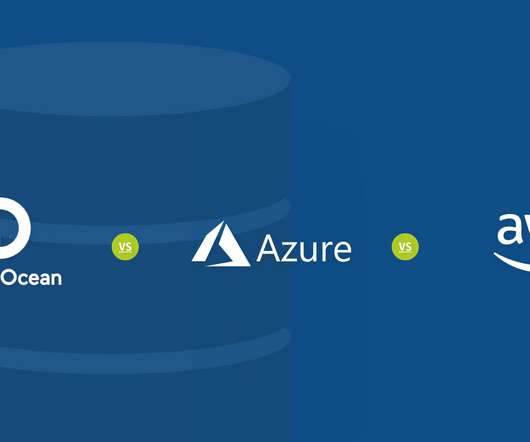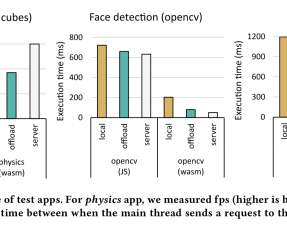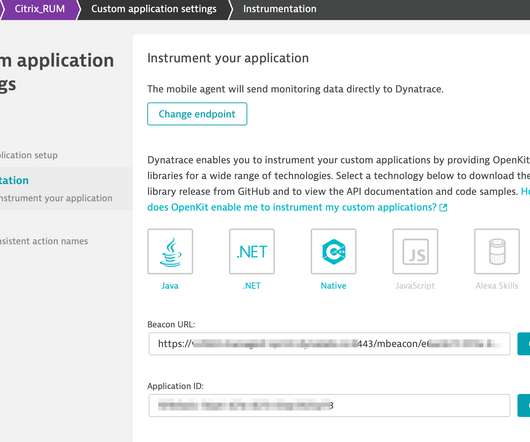Reducing Your Database Hosting Costs: DigitalOcean vs. AWS vs. Azure
Scalegrid
APRIL 28, 2020
Since database hosting is more dependent on memory (RAM) than storage, we are going to compare various instance sizes ranging from just 1GB of RAM up to 64GB of RAM so you can see how costs vary across different application workloads. Here are the configurations for this comparison: Plan. Does it affect latency? EC2 instances.




























Let's personalize your content